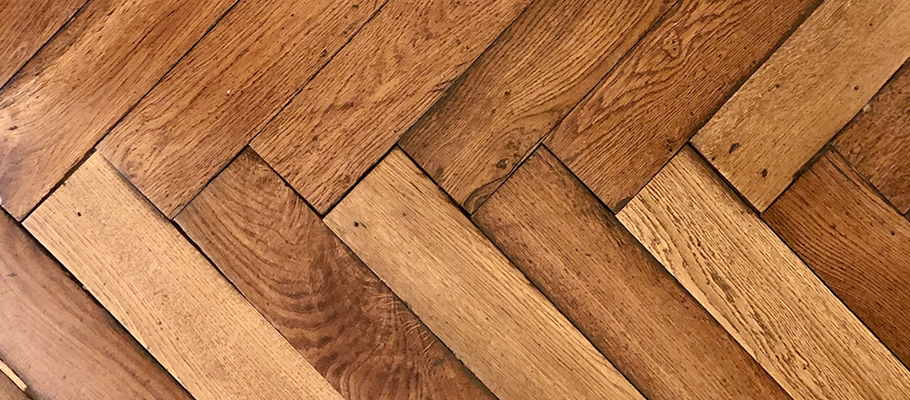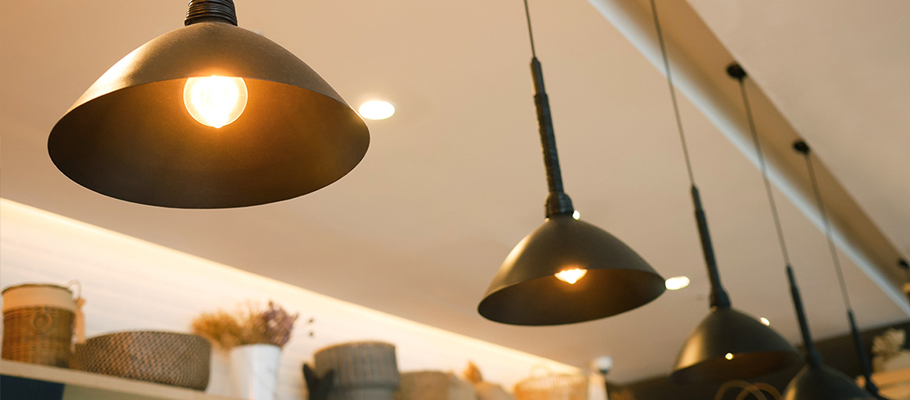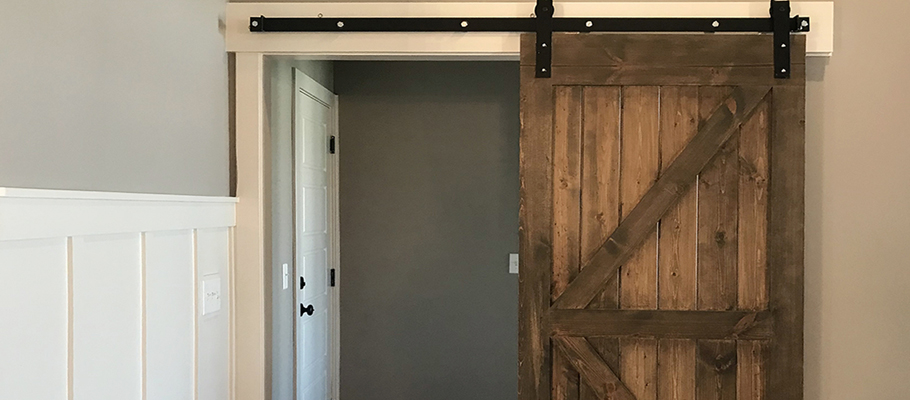Top 5 green remodeling myths busted
Remodeling projects of any kind can lead homeowners into unknown territory. Add in the idea of green remodeling, and you may be feeling unsure of what’s possible – especially if you’ve heard it can be more expensive or harder to accomplish.
Green remodeling may be new but have no fear! Here we address five green remodeling myths. Our goal is to show you can tackle a remodeling project while also focusing on waste reduction and recycling, energy efficiency, or using salvaged or local materials.
Myth: Green remodeling contractors are harder to find

Here in Minnesota, we have an organization called Minnesota’s Green Path. They specialize in energy efficiency and green building programs for the residential construction industry in Minnesota. You can find a list of their certified contractors here.
Myth: Green remodeling projects cost more

Some material or appliance options may cost slightly more upfront; however, they’ll also save you money over time by reducing your resource consumption. A tankless water heater is an excellent example because it heats water only when you need it rather than all the time. You can learn more about a range of eco- and wallet-friendly appliance options at the EPA’s Energy Star Product Finder.
In addition, there are various financial incentives for green building projects from the city of Minneapolis, the state of Minnesota, CenterPoint Energy, and Xcel Energy.
From a design standpoint, green choices can be a great value. Barbara Schmidt, founder and principal of studiobstyle, explains it this way: “Designing with recycled and/or vintage products adds intrinsic value because they cost less than newly purchased products. There is a whole secondary market in Hennepin County selling items like windows, cabinetry, flooring deck material and more.”
Your project may also be eligible for funding to offset project costs. Hennepin County has deconstruction grants available for projects that reuse and salvage building materials. Other organizations also have funds available, including the Center for Energy and Environment’s Home Improvement Loan program to encourage the home preservation and energy efficiency.
Myth: Green remodeling materials are difficult to source

This has definitely changed over time. There’s now a wide variety of readily available green materials to use in your next remodeling project.
For example, you can choose Forest Stewardship Council certified wood, recycled or formaldehyde-free insulation products, high-efficiency fireplaces, zero VOC paint, eco-friendly carpeting, or floors made of rapidly renewing materials like bamboo or cork.
Familiarize yourself with some of the material options in the City of Minneapolis green building checklist. And to talk with your contractor early in your remodeling project to make sure they’re aware you want to prioritize green materials.
Myth: Green remodeling has fewer stylish/aesthetically pleasing options

Again, this has changed. Slate roofing is one example – it’s not only eco-friendly, but it’s also durable and beautiful. Metal roofing is another option with a unique look.
You can also find several eco-friendly products such as countertops made of recycled glass and concrete, cabinets made of composites, and flooring made out of linoleum (a greener option than vinyl).
Many homeowners and designers also look for ways to incorporate reused items like doors, light fixtures, windows, and wood flooring and trim. In addition to being a greener option, reclaimed or salvaged materials allow you to create a unique, one-of-a-kind space.
“When you have a vision for a specific piece, and then you find it at a store like ours, you end up having a much more personal relationship with it, says Ian Anderson, a buyer at Architectural Antiques. “You understand its history.”
“We tend to work with homeowners and designers who want items with unique styling or period-specific designs – like Victorian, Arts and Crafts or Mid-Century. In some cases, it’s one special light fixture that really spices things up. In other cases, the space has a simple overall design and they’re looking for special doors, bookshelves or stained-glass windows to bring the space together.”
The Twin Cities has several salvage and antique retailers that offer building materials and interior fixtures.
Learn more: Hennepin County - Building material salvage, reuse, and recycling for homeowners
Myth: Green remodeling products are lower in quality

Definitely not the case. Sustainability is all about materials that last. Wool carpeting, metal roofing, concrete walls, and paper composite countertops all have great staying power.
And when it comes to reused or vintage items, Barbara reminds us, “They’ve already proven they can last a long time. And they’re higher in quality – especially items like wood cabinetry and stone tile that no longer exist. That’s why I design with vintage materials all the time and usually add something found that no one else has access to.”
Hopefully, you feel more confident heading into a green remodeling project knowing that your choices can be eco-friendly as well as cost-effective, easy to find, and aesthetically pleasing – and will last for years to come.